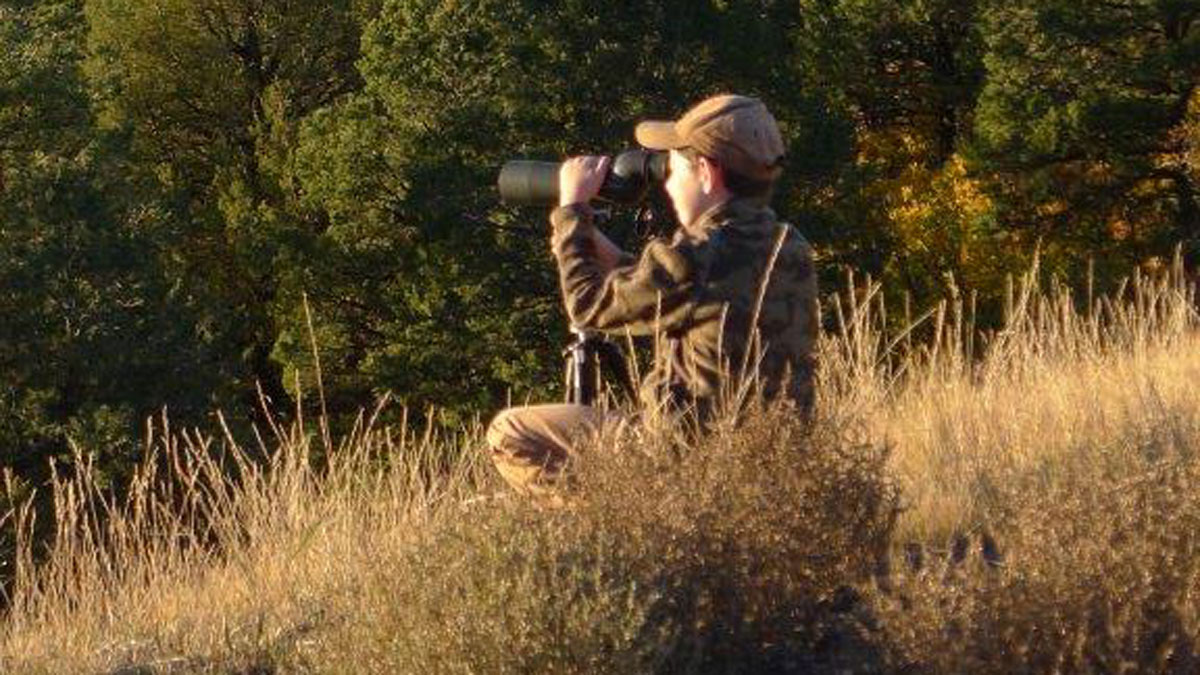Paying for the conservation of land and wildlife has landed on the shoulders of hunters and anglers for decades. It is sportsmen and women who supply the lion’s share of funding for state fish and game agencies through the payment of licenses and fees plus excise taxes on guns, ammunition and archery and fishing equipment. Without that funding, those agencies that are tasked with managing fish and wildlife populations would be unable to carry out that vital work.
The Pittman-Robertson Act generates $700 million annually which is distributed to state agencies as well as the U.S. Fish and Wildlife Service. That, in small part, is why the Rocky Mountain Elk Foundation declares that Hunting Is Conservation. The Dingell-Johnson Act provides similar excise taxes via the sale of fishing gear.
There are other funding mechanisms for conservation. According to the Jamestown Sun, the Missouri Department of Conservation receives about 60 percent of its annual budget from a tax on soft drinks approved by voters back in the 1970s. Arkansas has a similar tax that generates approximately $50 million annually for conservation.
There are also donations by sportsmen and women to conservation groups like RMEF that total $440 million a year.
Here are a few other statistics to keep in mind, compiled by the Jamestown Sun and provided by RMEF:
- Waterfowl stamp revenue since 1934 is $900 million
- “1% For the Planet”, total revenues since 2002 is $150 million
- The Conservation Alliance, total revenues since 1989 is $18 million
- Pittman-Robertson Act, in 2017 alone generated $629 million
- Dingell-Johnson Act, in 2017 alone generated $624 million
It is also interesting and ironic to note that that are no similar excise taxes on mountain bikes, birding scopes, kayaks, binoculars, sleeping bags or other outdoor recreation gear that help fund conservation. Several attempts have been made over the years but the Outdoor Industry Association and its members have defeated such efforts.
